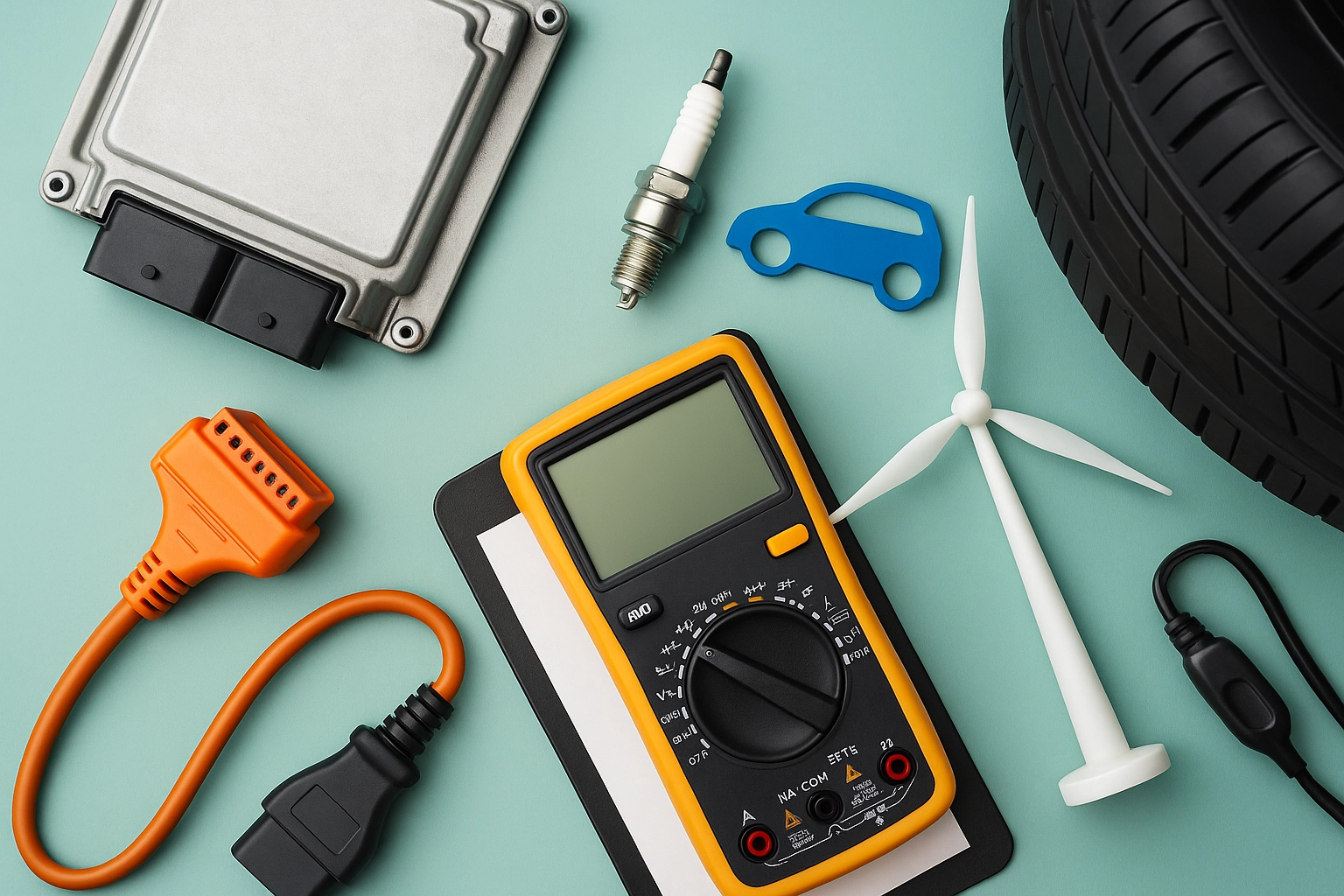ISO 6469-3 Hybrid Vehicle Electrical Protection Test
The ISO 6469-3 standard specifies the procedures and requirements for conducting electrical protection tests on hybrid vehicles. This service is designed to ensure that electric and hybrid vehicles meet stringent safety standards, particularly focusing on the electrical systems which are critical components in preventing accidents caused by short circuits or overvoltage events.
The process begins with a thorough review of the vehicle’s electrical architecture, identifying key areas such as battery management systems, high-voltage connections, and energy management control units. This initial assessment helps tailor the testing methodology to the specific design and operational requirements of each hybrid vehicle model. The test setup includes specialized equipment capable of simulating real-world conditions that can stress the electrical protection mechanisms.
During the test, multiple scenarios are simulated to evaluate the performance of the electrical protection systems under various fault conditions. These include short circuits, overvoltage events, and ground faults. The testing apparatus is equipped with advanced sensors and data acquisition systems capable of capturing detailed information about the vehicle’s response to these stressors. This data is then analyzed using industry-standard software tools to determine compliance with ISO 6469-3.
The test results are reported in a comprehensive manner, detailing the vehicle's performance under each fault condition tested. The report includes graphical representations of the data collected during the tests, highlighting key metrics such as the time taken for protection mechanisms to activate and the degree of voltage or current reduction achieved. Compliance with ISO 6469-3 is determined based on these detailed analyses.
This service is crucial for quality managers, compliance officers, R&D engineers, and procurement teams involved in the development and manufacturing of hybrid vehicles. It ensures that safety standards are met, thereby protecting consumers from potential electrical hazards. The insights gained from this testing can also be used to improve product design and enhance overall vehicle safety.
The ISO 6469-3 standard is widely recognized and accepted across various international markets, making it a key requirement for manufacturers aiming to comply with global regulatory standards. By adhering to these stringent test protocols, automotive companies can demonstrate their commitment to producing safe and reliable hybrid vehicles.
Benefits
The ISO 6469-3 Hybrid Vehicle Electrical Protection Test offers several significant benefits for automotive manufacturers:
- Enhanced Safety Assurance: By ensuring that the electrical protection systems in hybrid vehicles function correctly, this service significantly reduces the risk of accidents caused by electrical malfunctions.
- Compliance with International Standards: Compliance with ISO 6469-3 is a prerequisite for many international markets, thereby reducing the need for additional testing and certification in various regions.
- Improved Product Quality: The detailed analysis of test results helps manufacturers identify areas for improvement in their vehicle designs, leading to enhanced overall product quality.
- Increased Consumer Confidence: Consumers are increasingly concerned about safety and reliability. Meeting this standard can enhance brand reputation and consumer trust.
The service also provides valuable insights into the performance of the electrical protection systems under various fault conditions, enabling manufacturers to refine their designs and improve product safety continuously.
International Acceptance and Recognition
The ISO 6469-3 standard is recognized and accepted by numerous countries around the world. This global acceptance ensures that hybrid vehicles undergo consistent testing procedures, regardless of where they are manufactured or sold. Compliance with this standard is a key requirement for manufacturers aiming to sell their products in international markets.
Many regulatory bodies worldwide have adopted ISO 6469-3 as part of their vehicle safety regulations. This includes countries such as the United States, Europe, and China, among others. By adhering to these standards, automotive companies can ensure that their hybrid vehicles meet the highest global safety standards.
The widespread acceptance of ISO 6469-3 also facilitates smoother regulatory processes for manufacturers. It simplifies the certification process across different regions, reducing compliance costs and time-to-market delays. This recognition underscores the importance of this standard in ensuring the safety and reliability of hybrid vehicles on a global scale.
Use Cases and Application Examples
| Use Case | Description |
|---|---|
| Pre-manufacturing Testing | This use case involves testing hybrid vehicle prototypes during the pre-manufacturing phase to identify any potential electrical protection issues before full-scale production begins. |
| Post-Manufacturing Quality Control | In this scenario, completed vehicles undergo post-production testing to ensure that all electrical components meet the required safety standards before being shipped to dealerships. |
| R&D and Innovation | The ISO 6469-3 test is often used during R&D phases to explore new designs and technologies for improving electrical protection systems in hybrid vehicles. |
| Regulatory Compliance Audits | This use case involves conducting tests as part of regulatory compliance audits, ensuring that the vehicle meets all relevant standards before being approved for sale in specific markets. |
| Field Failure Analysis | In this scenario, hybrid vehicles experiencing electrical protection failures are tested to identify the root cause and prevent similar issues from occurring in future models. |
| Supplier Qualification Testing | This use case involves testing components supplied by third-party suppliers to ensure that they meet the required safety standards before being integrated into the vehicle’s electrical system. |
| Performance Optimization | The ISO 6469-3 test is also used to optimize the performance of hybrid vehicles’ electrical protection systems, ensuring maximum efficiency and reliability under various operating conditions. |
These use cases highlight the versatility and importance of the ISO 6469-3 Hybrid Vehicle Electrical Protection Test in ensuring the safety and reliability of hybrid vehicles across different stages of production and beyond.





